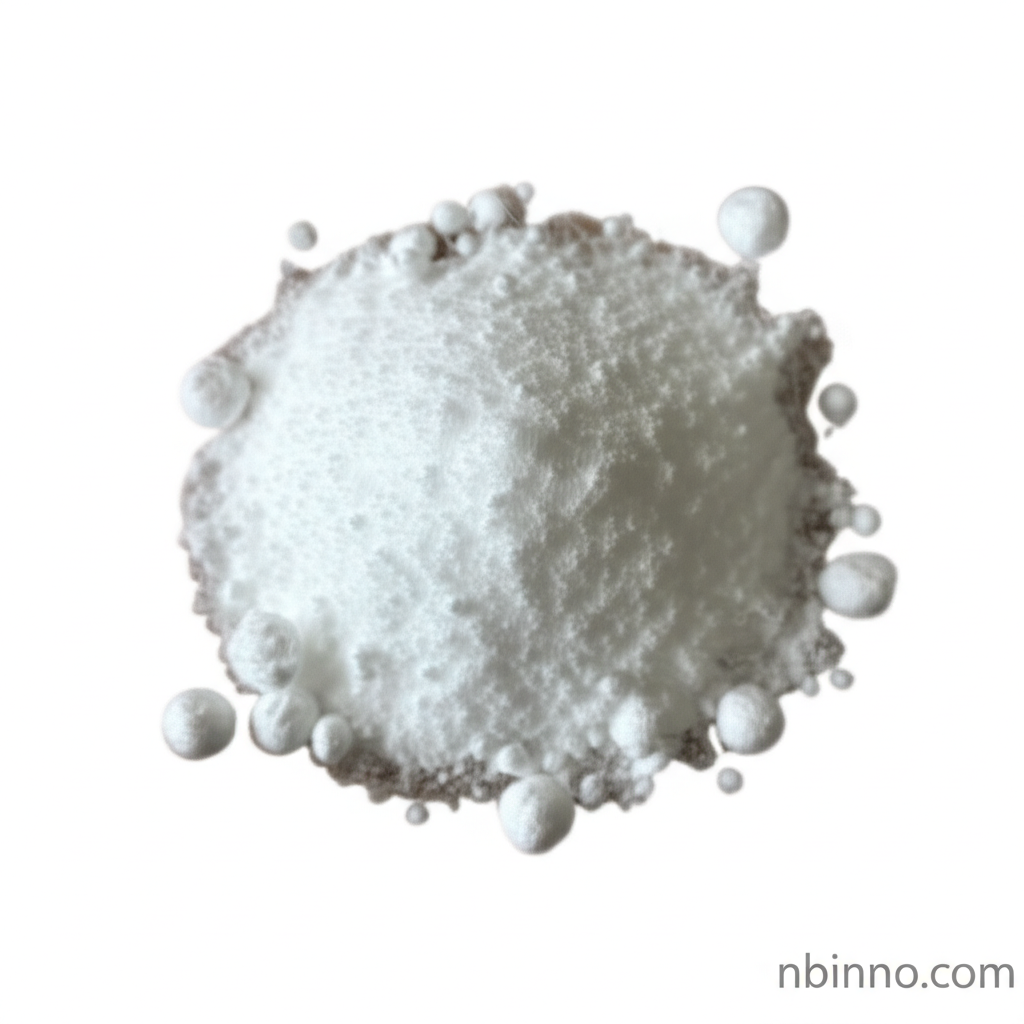2,5-Dichlorophenylboronic Acid: A Versatile Intermediate for Organic Synthesis and Advanced Materials
Unlock innovative synthesis with a critical building block for modern chemistry.
Get a Quote & SampleProduct Core Value

2,5-Dichlorophenylboronic acid
This compound is a vital building block widely employed in organic synthesis, particularly for creating complex molecules through reactions like the Suzuki-Miyaura coupling. Its utility extends to the development of pharmaceuticals and agrochemicals, as well as advanced materials in science.
- Explore the capabilities of 2,5-Dichlorophenylboronic acid as a key intermediate in organic synthesis, enabling efficient pathway development.
- Discover its crucial role in palladium-catalyzed Suzuki-Miyaura coupling reactions, forming essential carbon-carbon bonds.
- Utilize this compound for the development of pharmaceuticals and agrochemicals, leveraging its unique structure.
- Investigate its applications in materials science, contributing to the creation of novel advanced materials.
Advantages Offered by the Product
Versatility in Synthesis
Leverage 2,5-Dichlorophenylboronic acid as a flexible intermediate for various organic transformations, supporting diverse research and development goals.
Enhanced Reaction Efficiency
Benefit from its high purity and consistent reactivity, which ensures efficient outcomes in complex synthesis pathways, including critical suzuki reaction applications.
Broad Application Spectrum
Tap into its potential across multiple fields, from pharmaceutical intermediates to cutting-edge OLED materials, showcasing its wide-ranging impact.
Key Applications
Organic Synthesis
Serve as a fundamental building block in the synthesis of a wide array of organic molecules, enhancing the efficiency of chemical synthesis.
Pharmaceutical Development
Play a significant role in the design and synthesis of new drug candidates and pharmaceutical intermediates, contributing to advancements in healthcare.
Materials Science
Utilize in the creation of advanced materials with novel properties, impacting sectors like electronics and renewable energy technologies.
Agrochemicals
Contribute to the synthesis of new agrochemical compounds, aiding in the development of improved crop protection solutions.
